Feeling hard done by, because you can’t travel abroad during the holidays this year? Dreading another summer stuck at home with bored children? Be prepared and make the most of your staycation with these fun and creative shared activities. They will help you and the kids discover a whole new world, right there on your doorstep.
Nature Treasure Hunt
Go on a treasure hunt through the forest, on the beach, in a local park or even in your own back garden. The treasures? Pine cones and twigs, seashells and seaweed, rocks and leaves, flowers and berries. If you know what you might find, you can show the kids pictures in advance and keep score of how many of each item they discover. If you have no idea, you can let them lead the way and categorise their haul themselves, perhaps using a plant-identifying app or consulting a nature encyclopaedia when you get home.
Paint With Your Natural Treasures
Once you get home, your treasures will unfold their full potential. Use them to paint, splatter and stamp colours onto paper or fabric. This is a much more haptic process than painting with a brush, especially for younger children, and the results can be stunning. You might have to guide them until they find the right technique suited to the ‘tool’ they are using, but they’ll get the hang of it quickly. Once you’re done, you’ll have two works of art: the paintings and the painting tools, elevated to colourful sculpture status.
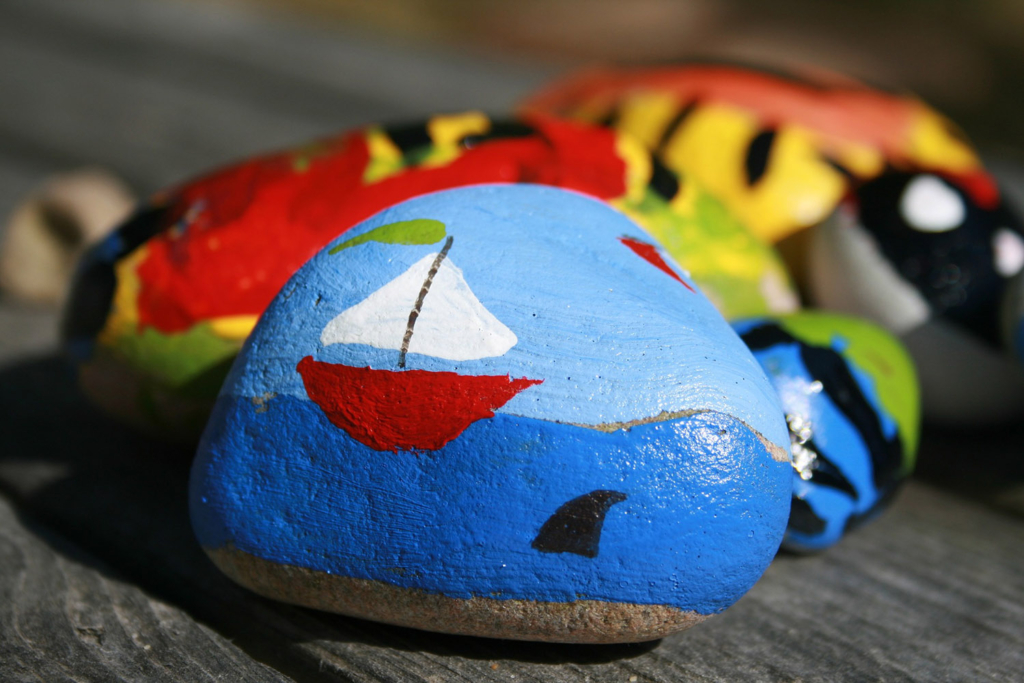
Ask A Question
If you have children who love asking a million questions, turn it into a game – and turn the tables. For every question they ask you, you get to ask them something. Don’t ask them stuff they know, but instead appeal to their imagination. “Why is the sky blue?”, “Where does tap water come from?” and “How do sharks brush their teeth?” are some questions that are sure to tickle their brains and inspire some quirky responses. For older kids, you could challenge their problem-solving skills by asking something like “How many LEGO bricks would fit into this room?” After you’re done, you can look up the correct answers or let them ask a smart assistant.
Play Dress-Up
Most kids love dressing up, but they will usually do so using their own clothes or request a specific costume for occasions like Carnival or Halloween. To challenge their creativity, give them a box full of non-clothing items to create a costume from. For example, old food containers, paired with masking tape and elastic band, can become hats, animal ears or a pig snout; a bedsheet can become a toga (or a ghost, obviously); toilet rolls can be turned into jewellery… The kids can let their imaginations run wild, and will play more creatively than when acting out scenarios based on commercially available costumes.
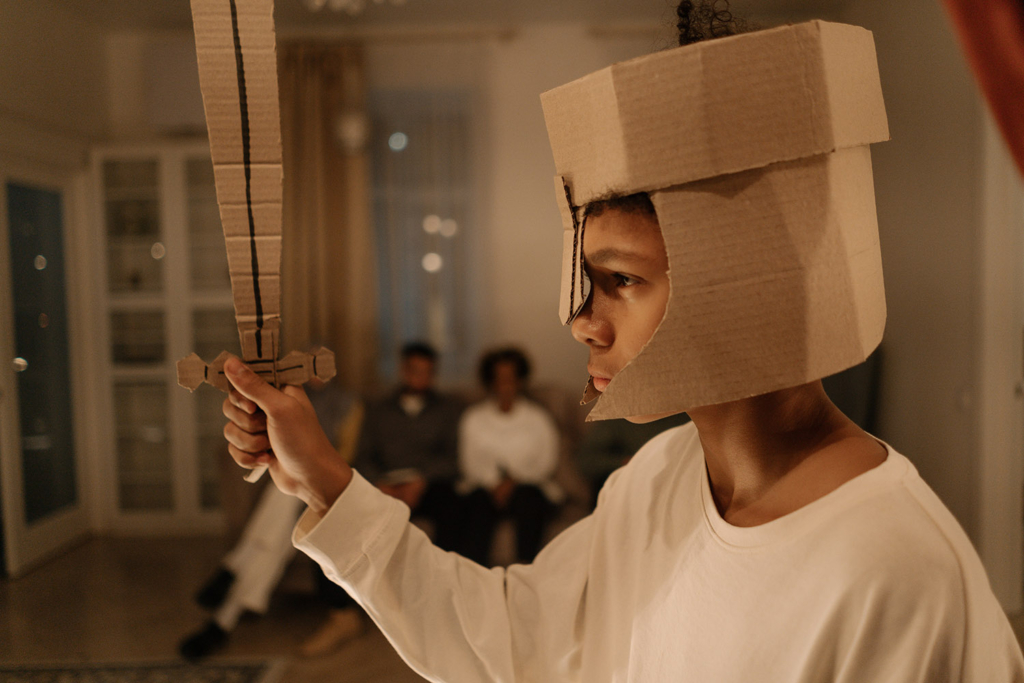
Stage A Photoshoot
All dressed up and nowhere to go? Take this opportunity to create some special pictures for the family album. Today’s kids are photographed hundreds if not thousands of times before they even know what a photograph is. Give them the opportunity to get behind the lens for a change. Allow them to stage the shoot, design the set and direct everyone’s poses before setting the self-timer. This gives them an opportunity to take control and understand how the image captured relates to their self-image. If they are old enough, you could use this as an opportunity to introduce them to the basics of photography, maybe even giving them their first camera (an old hand-me-down or a cheap second-hand digital compact camera should suffice).
Go Into The Film Business
Stop-motion films – with toys as the main protagonists – are a great activity for most ages. Even the littlest ones can participate in setting up the figures or coming up with a story, while bigger ones can help storyboard the shoot, adjust individual elements from one shot to the next, and maybe even cut the final ‘feature’ or provide a voiceover. YouTube is filled with videos to inspire you or to explain how it actually works. Once you’ve grasped the concept, you can try graduating to more complex techniques like claymation or start adding special effects.
Body Painting
We don’t mean painting art on your kid’s bodies (although by all means give that a shot if you think it could be fun). We’re talking about making art with your bodies as tools. Step one: lay out a giant sheet of paper or an old white bedsheet on a surface outdoors. Step two: set up some bowls filled with (non-toxic, water-based) finger paint – you can even make your own using food starch, flour, salt and food colouring mixed with a bit of water! Step three: dip your fingers, feet, arms and legs into the paint. Walk, cartwheel and roll around on your ‘canvas’, leaving your mark and creating fun shapes and colourful splashes as you go along. The more, the merrier, so adults should definitely join in the fun!
DIY Fun Fair
Were you hoping to visit a theme park or amusement park this summer? You probably won’t quite manage to recreate the feeling of boarding a giant roller coaster or descending Splash Mountain, but you can have fun building your own amusements and get to enjoy them without any queues. Making a slip’n’slide is as simple as rolling out a sheet of plastic and greasing it up with (biodegradable) soap and water (and it will come in handy to wash off that paint your kids just smeared all over their bodies – see above); you could set up a popcorn or candy floss stall (yes, you can make both without professional equipment at home); create a shooting gallery with darts and balloons pinned to a plywood wall for targets….
Plant A Seed
Your ability to introduce kids to gardening may depend strongly on your living circumstances. If you have a garden or balcony, give them a flower bed or a plant box to fill as they please. Where neither is an option, an allotment or urban gardening community comes with built-in opportunities to socialise and learn from other horticulturists. Let the kids choose the types of plants they want to grow, but make sure to include varieties that will yield results quickly. Getting them their own gardening tools will also massively increase their motivation and encourage them to help with the rest of the garden/balcony maintenance.
Keep A Visual Diary
Diary-keeping is a great way for young and old to reflect on the events of the day and to later remember an eventful summer. For younger kids who can’t write (and older kids who think journaling sounds a bit too much like homework), a visual diary is a great way to capture the memories. At the end of each day, it can be a calming ritual to draw a scene representing what happened today, what they learned and what they loved about it. If they are too tired in the evening, you could do it the next morning instead, when they have had a bit of time to process everything. Journaling prompts are usually helpful, and it can be encouraging if an adult joins in, drawing their own diary at the same time.
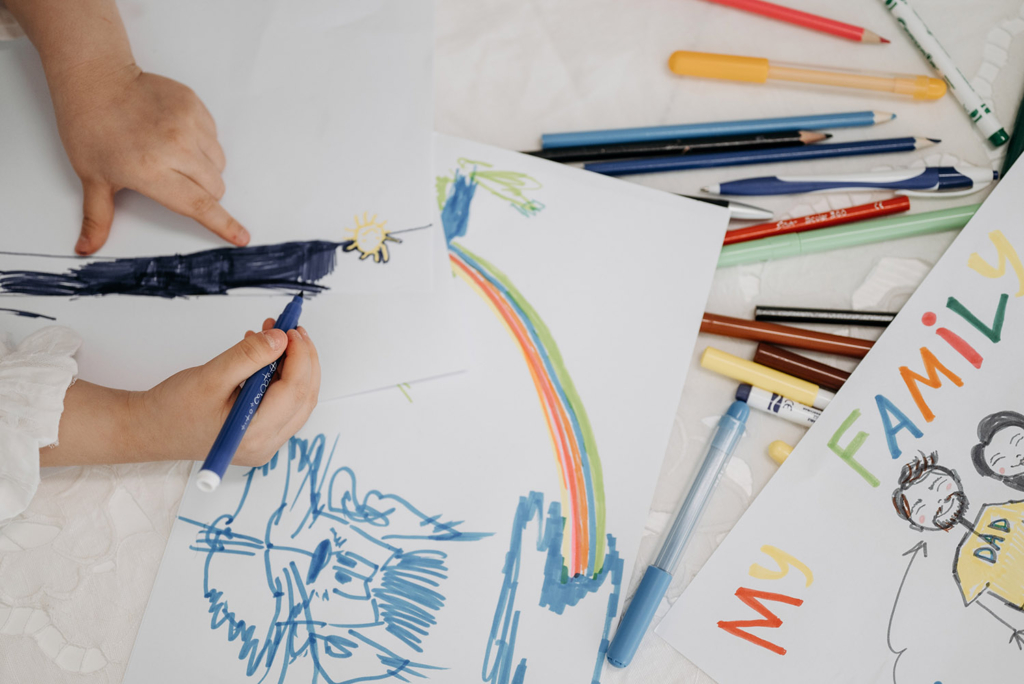

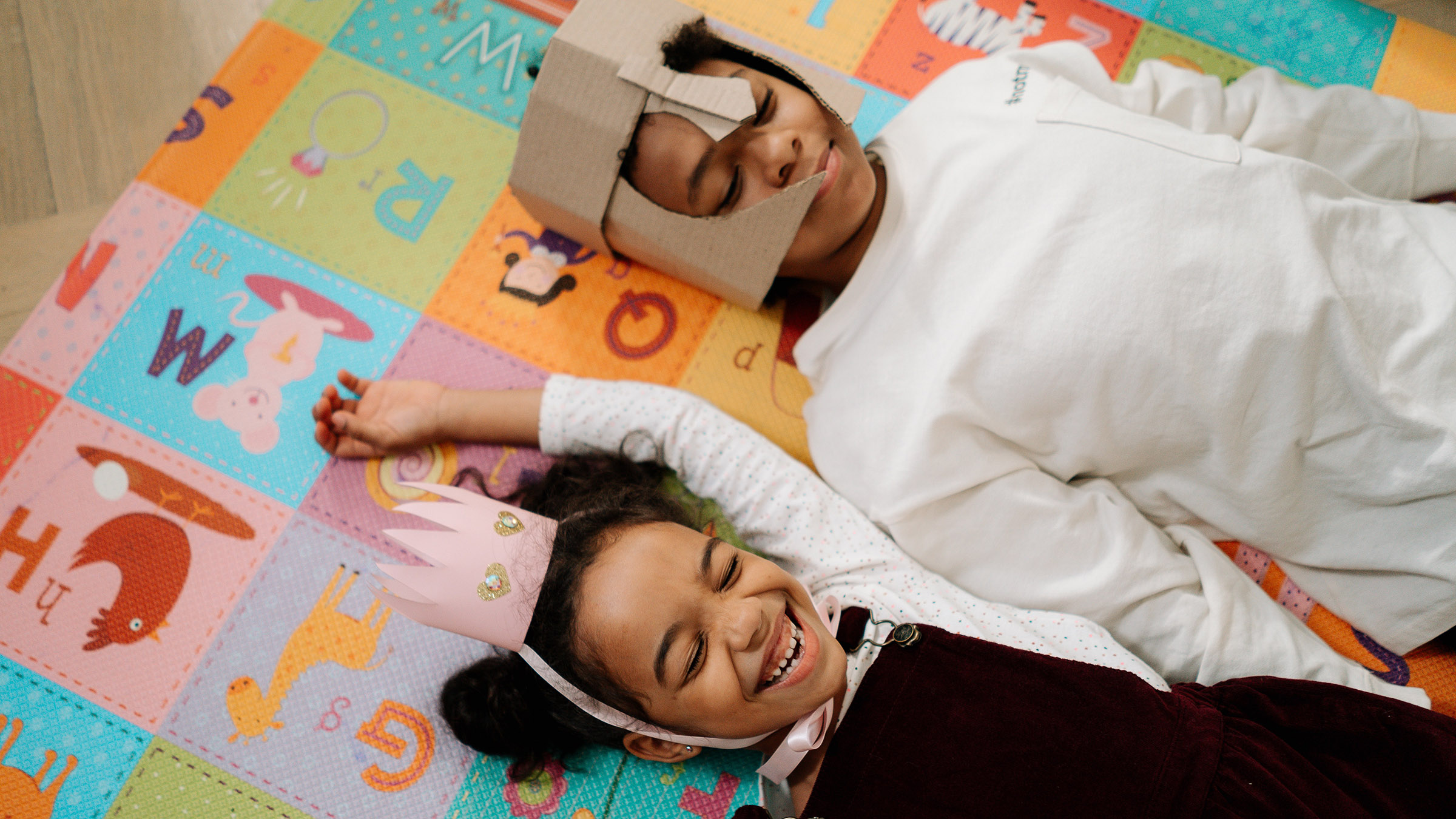



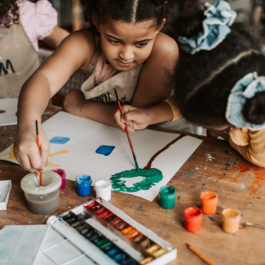

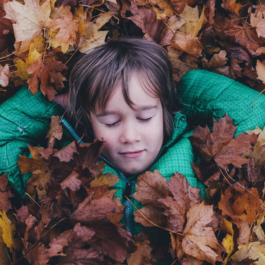
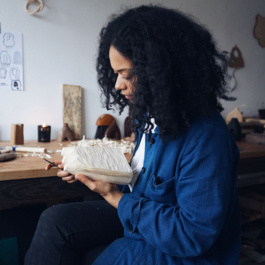
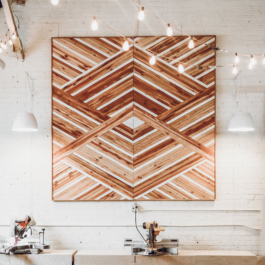
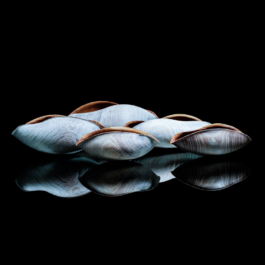
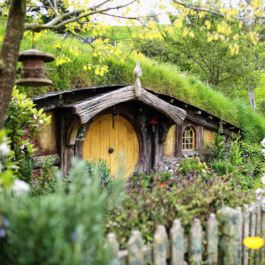


Sorry, the comment form is closed at this time.